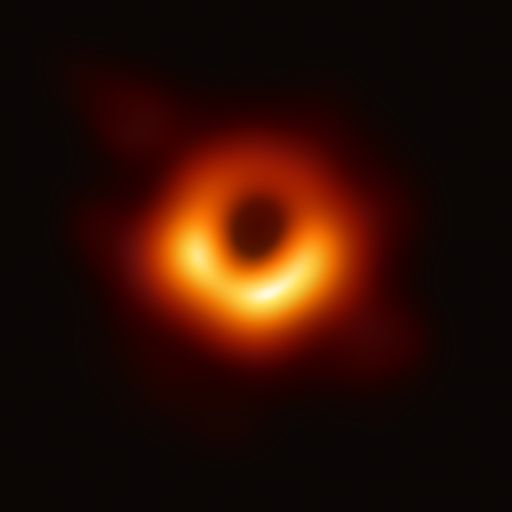‘Missing link’ black hole discovered by astronomers – Sky News
Astronomers believe they may have discovered the “missing link” black hole after it revealed itself by eating a star which came too close.
Known as an “intermediate-mass black hole” the cosmic object is one of the most elusive in the universe, according to NASA, but it was identified thanks to the Hubble Space Telescope.
These are black holes which are much smaller than the supermassive black holes which lie at the centre of galaxies, but larger than stellar black holes which form after stars collapse in on themselves.
“The story of the discovery reads like a Sherlock Holmes story, involving the meticulous step-by-step case-building necessary to catch the culprit,” said the space agency.
A official paper describing the scientists’ work was published the The Astrophysical Journal Letters.
Advertisement
The investigation began back in 2006 when two satellites, one belonging to NASA and the other to the European Space Agency, detected powerful X-ray flares – with no obvious source.
The flares matched the profile of a star being torn apart after coming too close to a black hole, but the location the flares came from was way outside of the galaxy’s centre, where massive black holes are normally found.
Hubble was pointed at the source of the X-ray to investigate. The powerful high-resolution imaging from that telescope suggested that they didn’t actually emanate from an isolated source in our own galaxy, but instead in a cluster of stars on the outskirts of another galaxy.
This ruled out one of the suspects, a neutron star – the remnants of an exploded star in the Milky Way which was not massive enough to collapse into a black hole – which was emitting X-rays as it cooled off.
The dense cluster of stars on the outskirts of the distant galaxy was exactly where scientists would expect to be able to locate an intermediate-mass black hole (IMBH).
These black holes are much more difficult to find that supermassive black holes, however, which occupy the centre of most galaxies.
Supermassive black holes are so enormous they always have a ready supply of fuel, pulling in stars and other cosmic material which produces the so-called X-ray glow pretty much constantly.
But smaller black holes do not give off this glow so often. “Astronomers essentially have to catch an IMBH rd-handed in the act of gobbling up a star,” explained NASA.
Fortunately for the astronomers, this is exactly what had happened.
By analysing the x-ray glow from the shredded star, the astronomers were able to estimate the black hole’s mass at about 50,000 times that of our own Sun, confirming it as an IMBH.
Some questions remain unanswered. Do IMBHs eventually grow into supermassive black holes? How do they themselves form? Do they always occur within dense star clusters? Dr Lin and his colleagues plan to continue to investigate.






